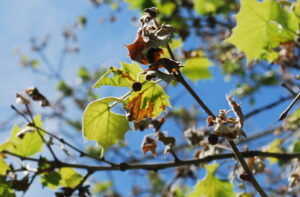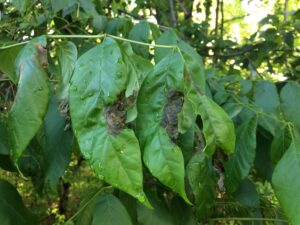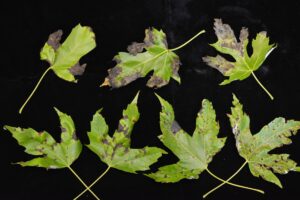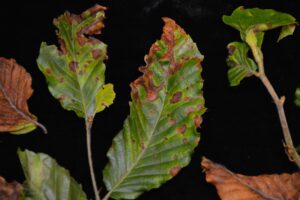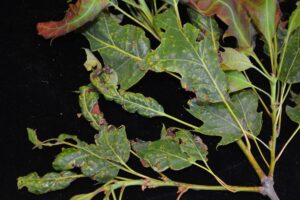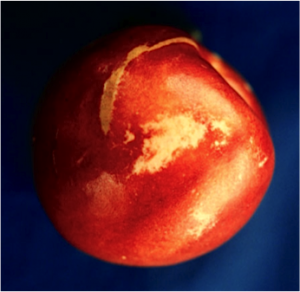Below is some information and factsheets below that may be useful about hay and forage that is put up too wet.
- High temperatures in bales (>170°F) can result in reactions between proteins and sugars called the Maillard reaction
- Hay impacted by Maillard reactions will be sweet/tobacco smelling and brown/caramel colored
- While highly palatable, the reaction creating this hay ties up protein, making it unusable for animal digestion
- If significant signs of Maillard reactions are seen in your hay, add a Head Damaged Protein (HDP) test to your forage analysis to get accurate Crude Protein contents for feeding decisions
- Caramelized hay also has a high likelihood of containing larger than normal amounts of mold growth. Feeding free choice is a good option to minimize risk when feeding moldy hay
- Please don’t forget other contaminants that can be concerns in wet or dry years such as mycotoxins, nitrates, etc.
- Diluting the bad forage with good forage or grain is a possibility
- Check with an extension agent or other authority before feeding
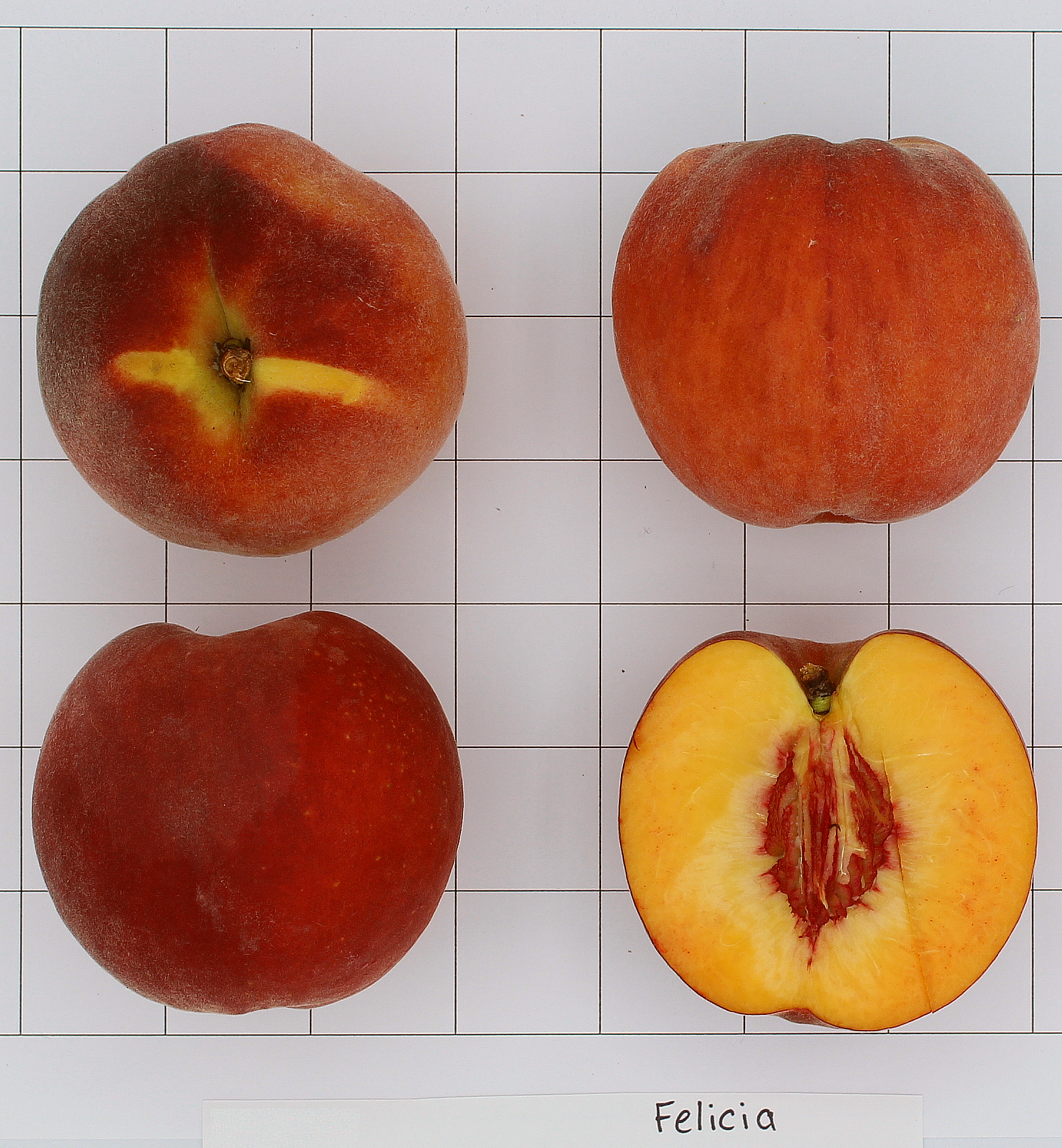
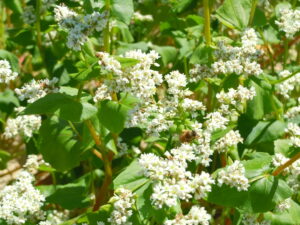 Now that some of our spring planted crops have finished, rather than leaving fields fallow or replanting fields that may have had some issues with plant diseases or insect pests, consider replanting with a summer cover crop. It is not too late to take advantage of summer cover crop benefits. What do summer cover crops do for soil health or future crop improvements? See below:
Now that some of our spring planted crops have finished, rather than leaving fields fallow or replanting fields that may have had some issues with plant diseases or insect pests, consider replanting with a summer cover crop. It is not too late to take advantage of summer cover crop benefits. What do summer cover crops do for soil health or future crop improvements? See below: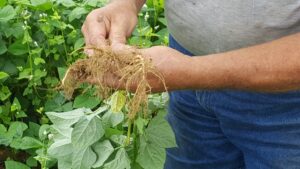 otherwise be lost. The cover crop plant takes up the nitrogen and after the crop is incorporated it decomposes, thus releasing the N for subsequent crops to use. If legume cover crops are planted, they have the ability to “fix” nitrogen from the atmosphere and through the same decomposition process will provide N for subsequent crops. Be sure to inoculate legume seed just prior to planting with Rhizobium bacteria in order to gain the maximum N fixation benefits.
otherwise be lost. The cover crop plant takes up the nitrogen and after the crop is incorporated it decomposes, thus releasing the N for subsequent crops to use. If legume cover crops are planted, they have the ability to “fix” nitrogen from the atmosphere and through the same decomposition process will provide N for subsequent crops. Be sure to inoculate legume seed just prior to planting with Rhizobium bacteria in order to gain the maximum N fixation benefits. 
